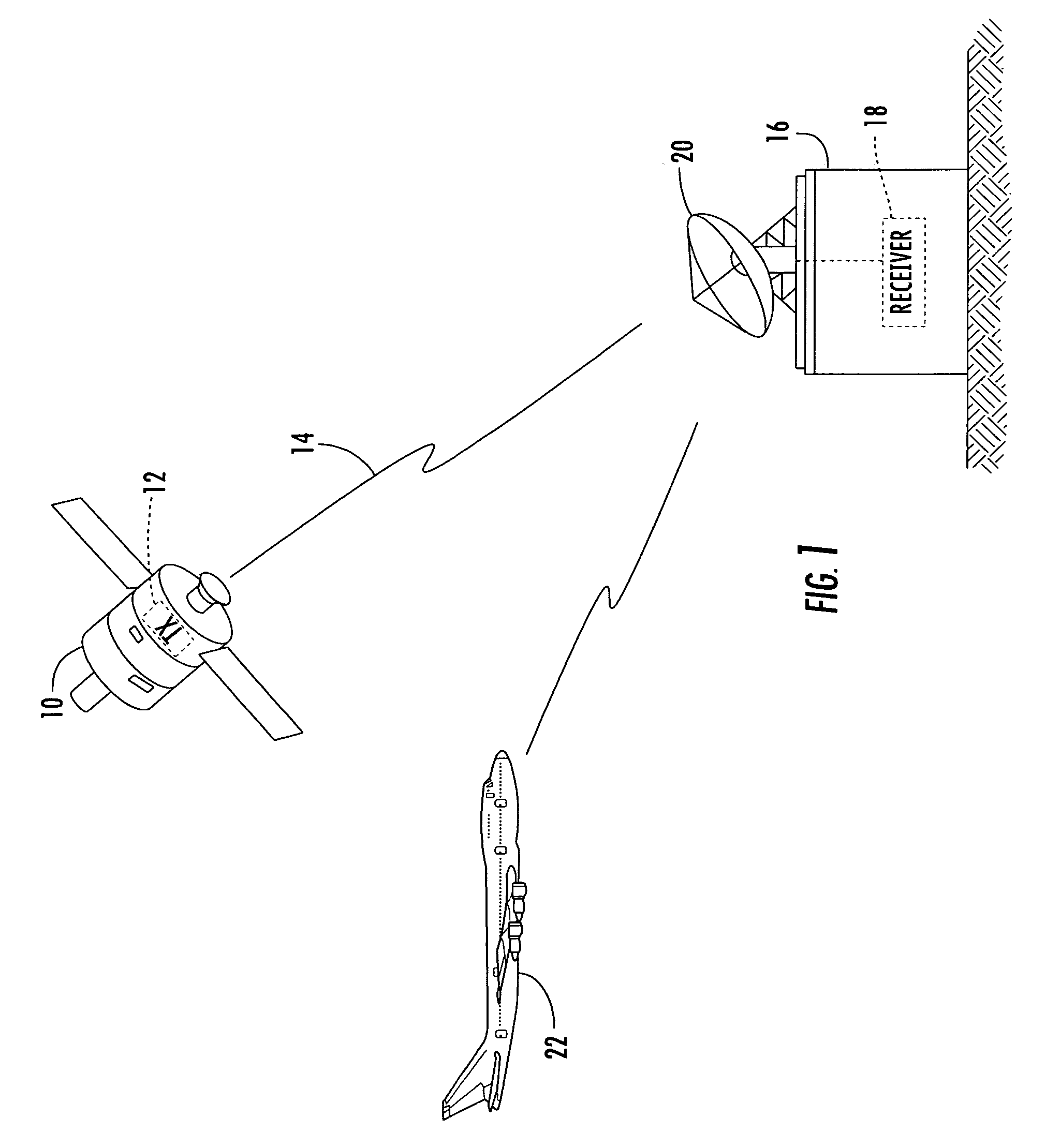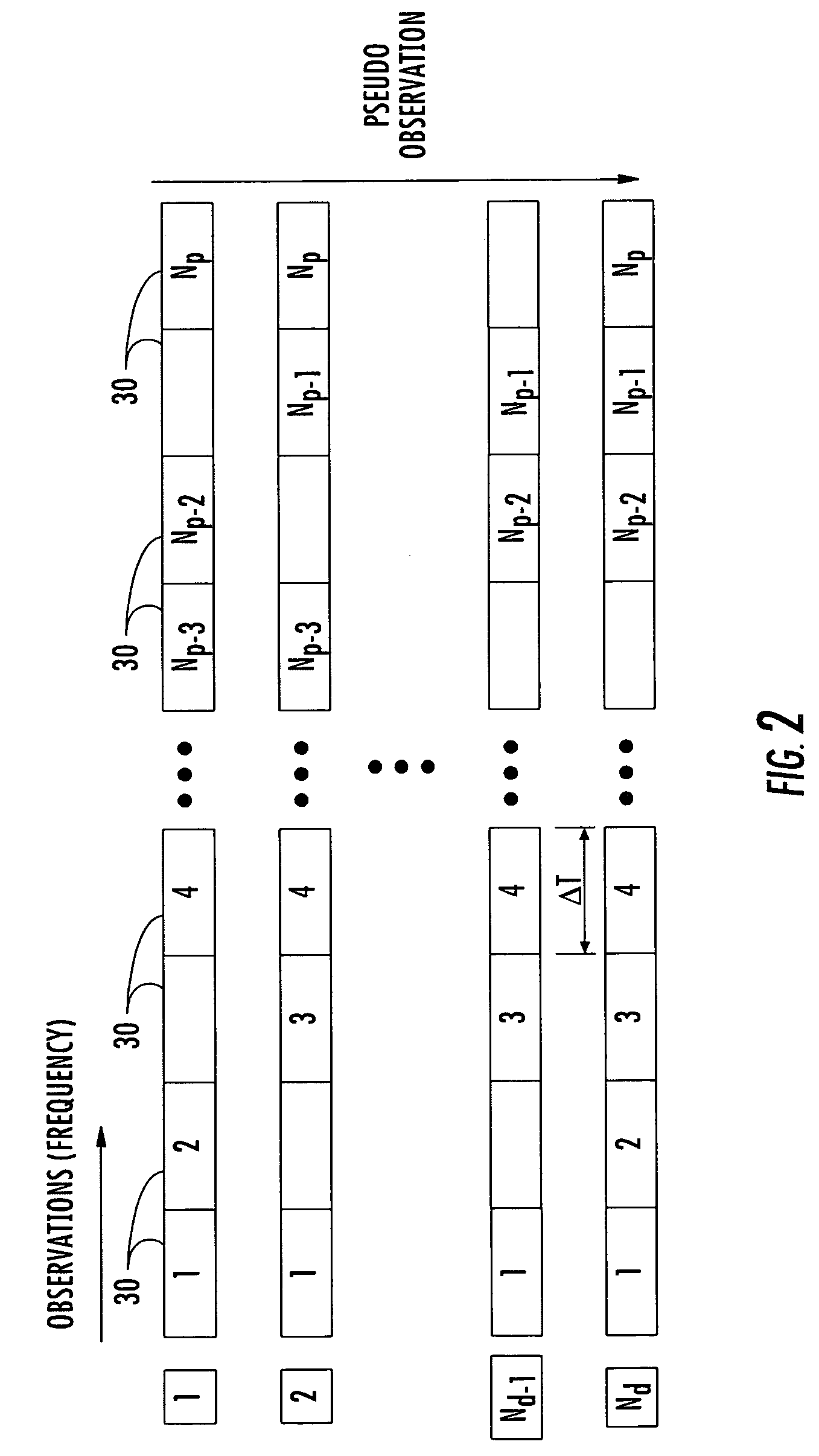Receiver including synch pulse detection and associated method
a technology of asynchronous receivers and detection methods, applied in the field of communication systems, can solve problems such as difficult noise-only thresholds, signal-to-noise losses, and affect the performance of match filters, and achieve the effect of increasing the probability of asynchronous receiver detection
- Summary
- Abstract
- Description
- Claims
- Application Information
AI Technical Summary
Benefits of technology
Problems solved by technology
Method used
Image
Examples
Embodiment Construction
[0023]The present invention will now be described more fully hereinafter with reference to the accompanying drawings, in which preferred embodiments of the invention are shown. This invention may, however, be embodied in many different forms and should not be construed as limited to the embodiments set forth herein. Rather, these embodiments are provided so that this disclosure will be thorough and complete, and will fully convey the scope of the invention to those skilled in the art. Like numbers refer to like elements throughout.
[0024]For purposes of discussing the present invention, a satellite 10 having a transmitter 12 transmits signals 14 to a ground station 16, as illustrated in FIG. 1. A receiver 18 in the ground station 16 receives the transmitted signals 14 via antenna 20. The transmitted signals 14 include data pulses and synch pulses, which may be time and frequency hopped to reduce the probability of being detected by an undesired receiver. Frequency hopping also reduce...
PUM
 Login to View More
Login to View More Abstract
Description
Claims
Application Information
 Login to View More
Login to View More - R&D
- Intellectual Property
- Life Sciences
- Materials
- Tech Scout
- Unparalleled Data Quality
- Higher Quality Content
- 60% Fewer Hallucinations
Browse by: Latest US Patents, China's latest patents, Technical Efficacy Thesaurus, Application Domain, Technology Topic, Popular Technical Reports.
© 2025 PatSnap. All rights reserved.Legal|Privacy policy|Modern Slavery Act Transparency Statement|Sitemap|About US| Contact US: help@patsnap.com



